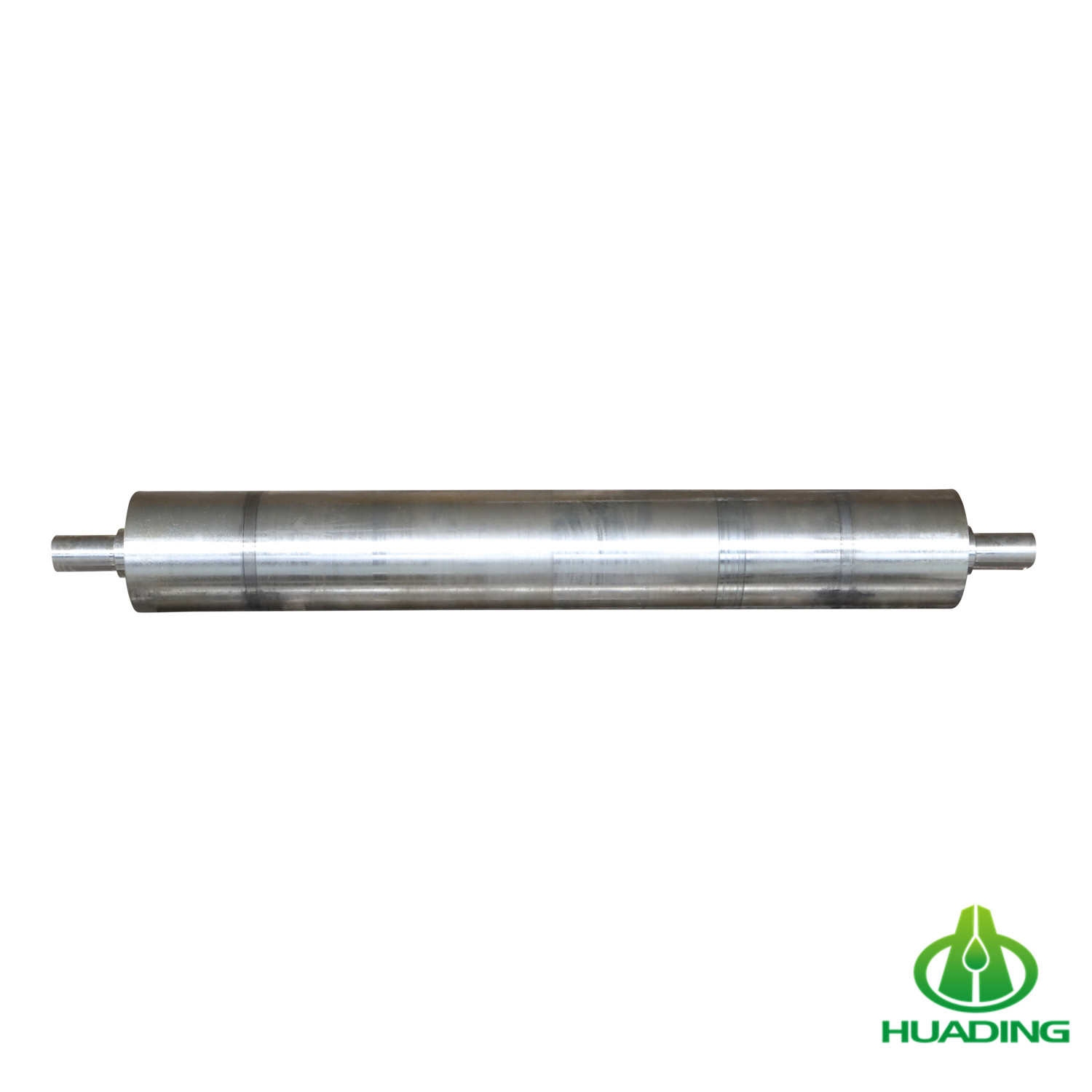Centrifugal Casting Stabilizing Roll
Centrifugal Casting Stabilizing Roll
Product Description
Centrifugal Casting Stabilizing Roll
The stabilizing roll is mainly composed of stabilizing roll body, stabilizing roll neck, and shaft head. The stabilizing roll body is the middle part of the stabilizing roll, which is actually involved in rolling metal. It has a smooth cylindrical or grooved surface.
The rolling deck is installed in the bearing, and the rolling force is transmitted to the support through the bearing seat and pressing device. The half shaft head at the transmission end is connected with the gear seat through the connecting shaft, and the torque of the motor is transmitted to the stabilizing roll.
The stabilizing rolls can be arranged in the form of two, three, four, or more stabilizing rolls on the frame.
This product is used in galvanizing industry. Using the material prepared by our company can greatly improve work efficiency, wear resistance, and corrosion resistance.
1. Thermal cracking resistance
Rough stabilizing rolls usually require strength and thermal cracking resistance. The weight of a working stabilizing rolls of 20 high and small rolling mills is only about 100g, while the weight of standby stabilizing rollers of wide and thick plate rolling mills is more than 200t. When selecting the stabilizing roller, the main materials of safety bearing (cast iron, cast steel, or forged steel of various brands) shall be selected according to the basic strength requirements of the stabilizing roller.
2. Hardness
The finishing speed of stabilizing roll is fast, and the final product must have a certain surface quality. Hardness and wear resistance are the main requirements. Then the wear resistance of the stabilizer roller is considered. Because the wear mechanism of the anti-rolling agent is very complex, including mechanical stress, thermal effect, cooling effect, and chemical effect of lubricating medium, there is no unified index to comprehensively evaluate the wear resistance of the anti-rolling agent. Because the hardness measurement is simple and can reflect the wear resistance under certain conditions, the radial hardness curve is usually used to approximately calculate the wear resistance index of the rolling rod stabilizer.
3. Impact resistance
In addition, there are some special requirements for the stabilizer roller. For example, when the reduction is large, the stabilizing roller has a strong biting ability and impact resistance.
4. Smoothness
When rolling thin specification products, there are high requirements for the stiffness, uniformity of structure and performance, machining accuracy, and surface finish of the stabilizing roller.
5. Cutting performance
When rolling complex section profiles, the cutting performance of the working layer of the stable roll body should also be considered. When selecting stabilizing roller, some performance requirements of stabilizing roll are often opposite. The purchase and maintenance cost of stabilizing the roller is very expensive. Therefore, we should fully weigh the advantages and disadvantages of technology and economy, and decide to use casting or forging, alloy or nonalloy, single material or composite material.more about Metallurgical Accessories

